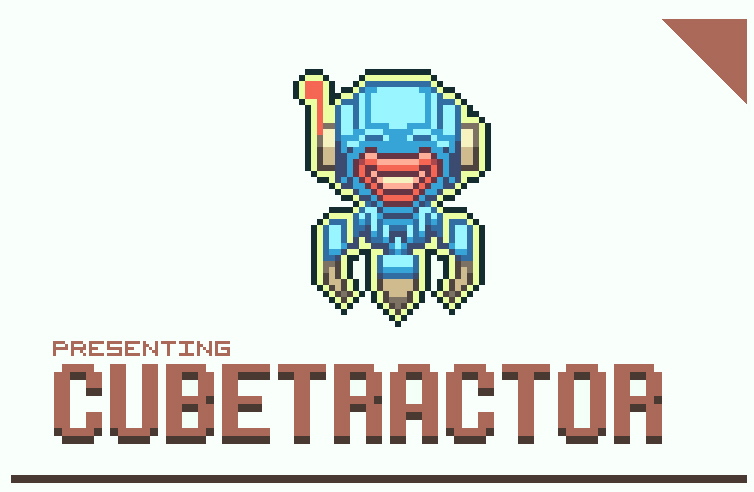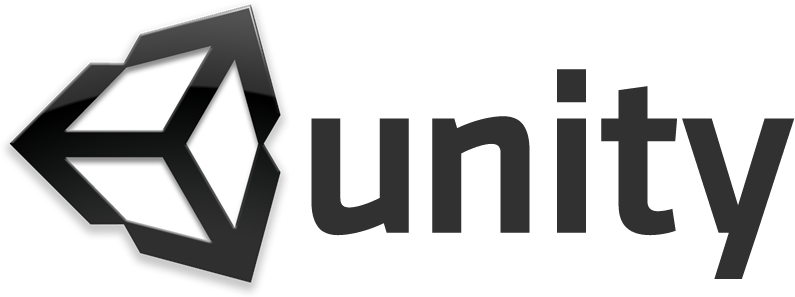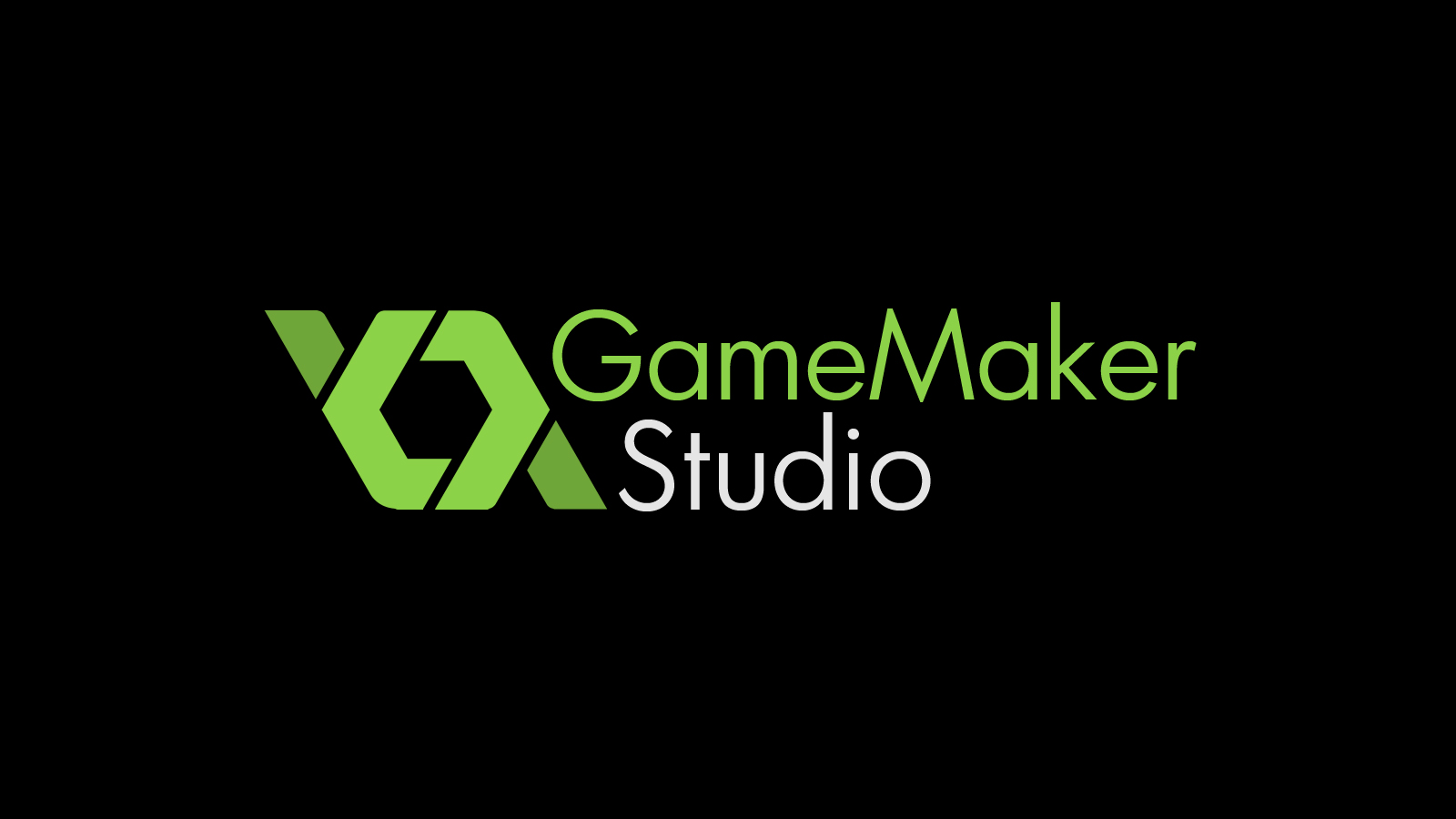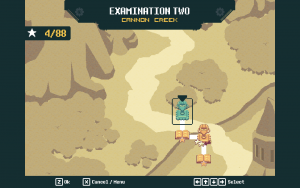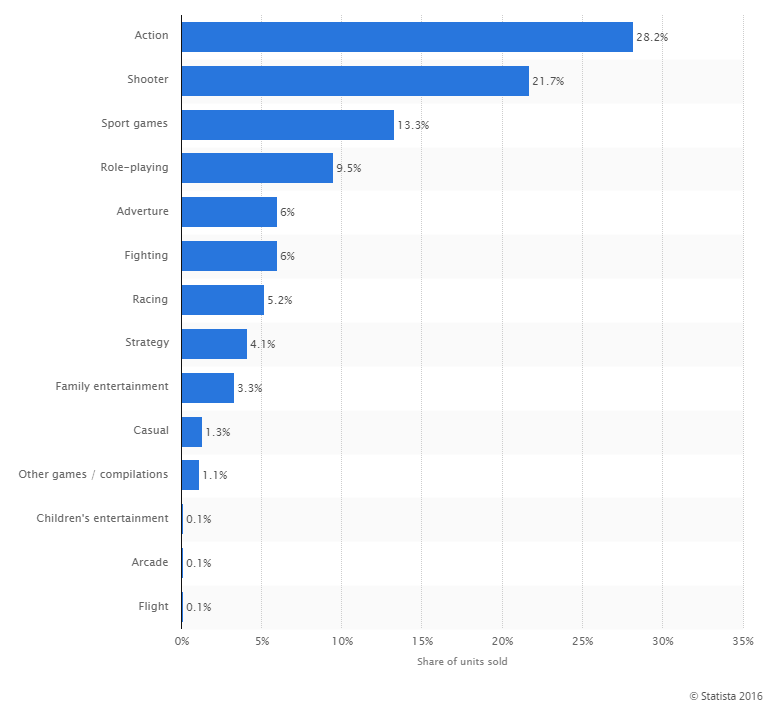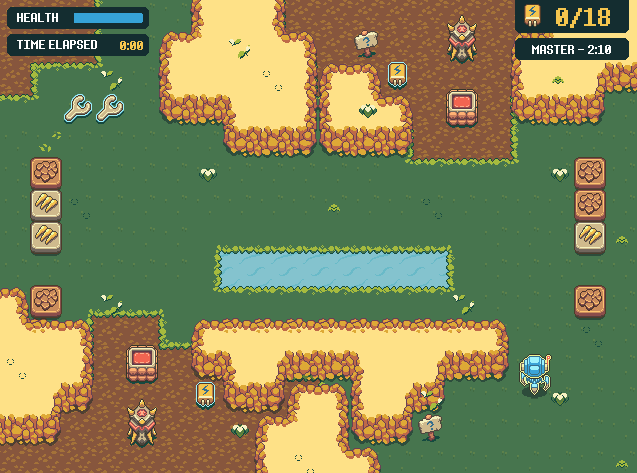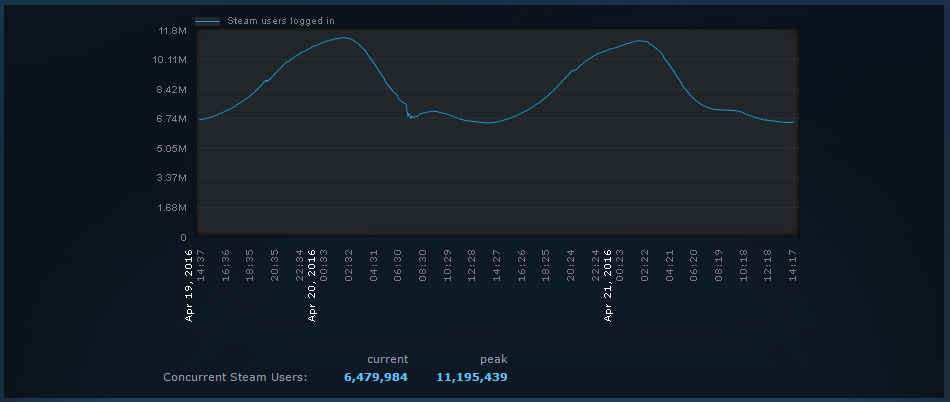INTRO
So I have talked about my proposal on expanding Justin Tan’s work. Now its time to do the actual planning for the project.
WBS
In order to find out what is needed we have to do a Work Break-Down Structure model.
Firstly this is the General WBS:
Explanation of General WBS:
Important parts of this is mostly the Project Planning and Development phase.
Formation of Development Team would include, 2 Programmers, 1 Writer and 1 Game Designer.
Narrative Story-line will be written by the writer as a novel of some sort. This will then be split into 3 parts for the games.
Next is the WBS for each game. Because the workflow of each game is largely similar, the same WBS can be used for each game.
Explanation of Game WBS:
Basically it is mostly what is written in the image but matters I want to highlight is Marketing. From Justin Tan’s lecture I have come to realize that marketing is an important part of making your game successful hence I dedicated an entire section to it in the Game WBS. This would mean that Budget has to be allocated for Marketing as well.
This is mostly for advertising and publishing as the development log will be update by the game designer or people on the team.
GANT CHART
Before one can calculate budget and such one would need a Gant Chart to show how long each role has to work for.
Programmers are expensive hence hiring them only during the period where there is work to be done is important.
Here I have split the Gant Chart into years.
Year 1:
In the beginning we nail down the concepts and the game mechanics of the game.
Most of the time spent during this year will be for narrative development and game programming. Some marketing will be involved but mostly to raise awareness on the upcoming alpha during the alpha testing phase.
The accumulation of the year’s efforts will be the alpha test where the game is tested in it’s “bare bones” form will little to no story content in it. It will mostly just be a test to see if the game play is fun.
Year 2:
During the second year, we fine tune concepts and mechanics. Then move to integration of the narrative script into the game. During this phase it is mostly debugging and implementing level design through the programming section.
Halfway through the year there will be a Beta test, where the game is almost complete and a select group of candidates will get to play the game before others to aid in the correction of flaws in the game.
More efforts will be spent on marketing and advertising here due to the nearing of the release date.
During the Beta and well into the release date there will be updates and improvements on the game such as adding extra content.
Year 3 & Year 4:
Once the first game is released, we now have a base to build off for subsequent games. Year 3 and 4 would have similar workflows and milestones hence the same chart can be used.
The beginning of the year is mostly used for developing new additions to the already solid mechanics and also there will be some updates on the previous game to build some anticipation for the next release.
Alpha testing will begin early as we are not starting from scratch anymore. Beta testing will occur at roughly the same time as year 2.
Finally the publishing efforts are lesser due to the fact that we would use our existing publisher if all goes well.
SOFTWARE
For the project I decided to go with Unity. As it is better equipped to support more people working on the same project at one time.
Other software I considered was Game Maker Studio but this was scrapped due to the fact that Game Maker Studio is more tuned for use of a single person.
BUDGETING
Now that we have done the WBS and Gant Charts, we now know what we need. With this information we can start budgeting for the entire project.
Writer: $36,000
http://laurasherman.com/tips-from-a-ghost-writer/how-much-does-it-cost-to-hire-a-ghostwriter
From my research a writer costs about $12,000-$90,000 for a 100-300 page book if he is a professional. For the purposes of our game we would probably need a 900 page book for substantial content.
So in total this would be $36,000 – $270,000. I choose to go with the $36,000 figure.
Programmers: $180,000
From my Gant Charts the total number of weeks the programmers would work are roughly 120 weeks. This would equate to about 30 months.
Seeing as there are 2 programmers on the team and from Justin Tan’s lecture he mentioned that a programmer cost about $3000- $4000 a month, it would cost me roughly $180,000.
Marketing & Advertising: $207,000
http://www.payscale.com/research/SG/Job=Marketing_Manager/Salary
It says that the average marketing manager earns about $69,000 a year. Since I would only need to hire one after the first year that would equate to $207,000.
Software: $5000
From Justin Tan’s lecture the cost of a professional game engine such as Unity is $5000.
Other notes:
As this is an indie project, there would be no office space required for this hence that is thankfully off my budget list.
Total: $428,000
This would be the cost of the project not inclusive of my personal salary as the Game Designer.
CONCLUSION
This project is a 3 game series and what I have illustrated above is the process of planning and development of the project. I have learnt how these element such as the WBS and Gant Chart work together to aid your planning especially with regards to budgeting. Through this project I have come to understand the concepts in Project Planning and Development in greater detail and clarity.
